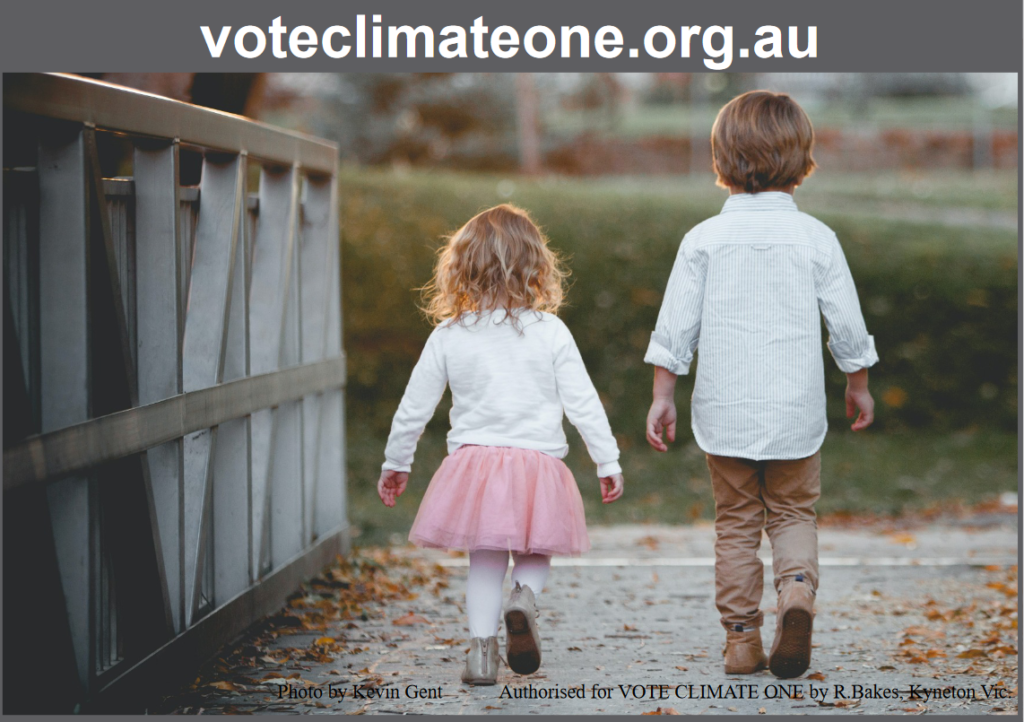Has an abrupt methane spike started?
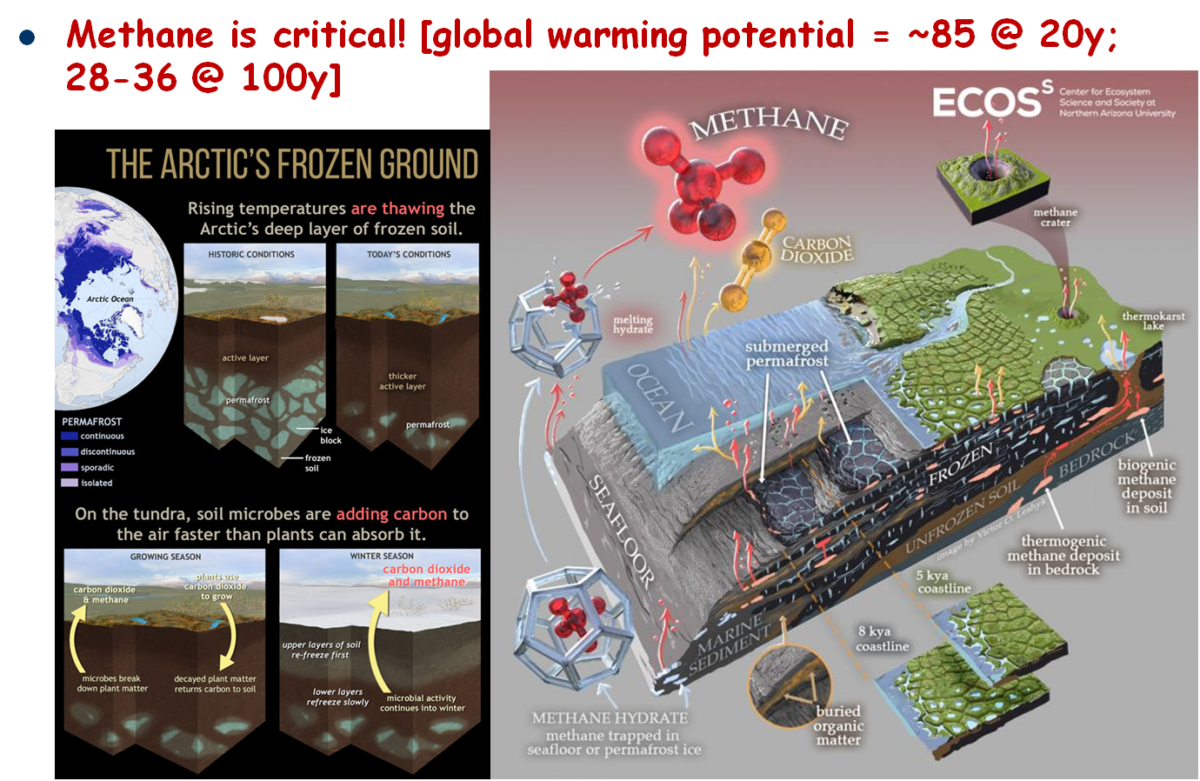
In a new Nature News article scientists consider a dangerously fast rise in atmospheric methane (= methane spike) from natural rather than human sources
The physical observations in this article present us with a very important choice, accept the evidence that continued global warming may trigger a methane spike that represents a truly existentially catastrophic risk to continued human existence, and do whatever is needed to stop and reverse the warming process, or to accept the risk by hiding from reality and continuing with business as usual. My colleagues and I on the Vote Climate One are optimists who think that if we fight the risk we can mitigate its dangers.
By way of providing some background to the Nature News article, methane spikes are potentially dangerous global warming phenomena where some scientists think abrupt processes in polar permafrost and continental shelves may release enough methane to boost global temperatures by several degrees over only a few decades — probably enough to cause global mass extinction in the near term — a real, high, and truly existential risk. Because of methane’s strength as a greenhouse gas, its strikingly non-linear physical responses to small changes ambient temperature and pressure around 0 °C, and its heavy involvement in a number of bio/geochemical processes, attempts to model its behavior mathematically tend to be chaotic. Mathematical simulation is made even more difficult due uncertainties in the total amount of methane potentially in play for a spike event. Thus, the observational record as discussed in the news item, combined with methane’s basic physics and chemistry is our best guide to the potential risks it represents in the evolution of our changing climate. The underlying science of methane’s behavior is solid, and thanks to its importance to the petrochemical industry, we know a lot about how methane behaves. “Natural gas” is the marketing name given to most methane found in Nature. And even in this industry its weird behavior can have catastrophic results.
However, it should also be noted that many scientists who accept that the IPCC’s reports represent the ‘best available’ science are still not convinced that that the ‘methane spike’ scenario is likely. Last month, I explored in a detailed presentation “Some fundamental issues relating to the science underlying climate policy: The IPCC and COP26 couldn’t help but get it wrong“, how the IPCC’s structure and policies cause it to downplay and minimize ‘sensational’ findings. If you are disinclined to accept the view that a global warming triggered methane spike is a genuine danger to humanity’s continued survival, please at least read and think about the sources of the controversy.
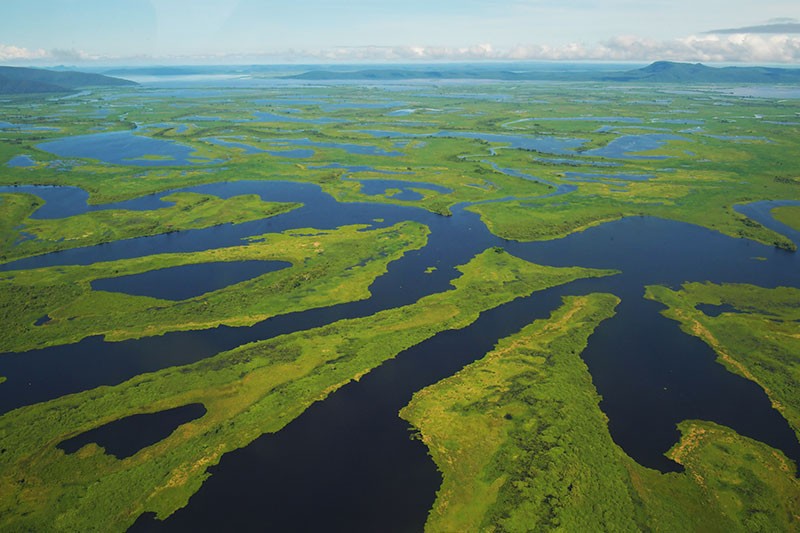
Scientists raise alarm over ‘dangerously fast’ growth in atmospheric methane:
by Jeff Tollefson in Nature, News
As global methane concentrations soar over 1,900 parts per billion, some researchers fear that global warming itself is behind the rapid rise.
Methane concentrations in the atmosphere raced past 1,900 parts per billion last year, nearly triple preindustrial levels, according to data released in January by the US National Oceanic and Atmospheric Administration (NOAA). Scientists says the grim milestone underscores the importance of a pledge made at last year’s COP26 climate summit to curb emissions of methane, a greenhouse gas at least 28 times as potent as CO2.
The growth of methane emissions slowed around the turn of the millennium, but began a rapid and mysterious uptick around 2007. The spike has caused many researchers to worry that global warming is creating a feedback mechanism that will cause ever more methane to be released, making it even harder to rein in rising temperatures. [my emphasis].
….
Read the complete article in Nature….
Why the evidence from the NOAA (US National Oceanic and Atmospheric Administration) tables presented in the above article is so worrisome is discussed in detail in the 15 minute video by Prof. Eliot Jacobsin (a retired prof. computer science from UC Santa Barbara, Methane growth is accelerating, that includes the following graph shown on Biff Vernon’s Climate Geek Facebook post.
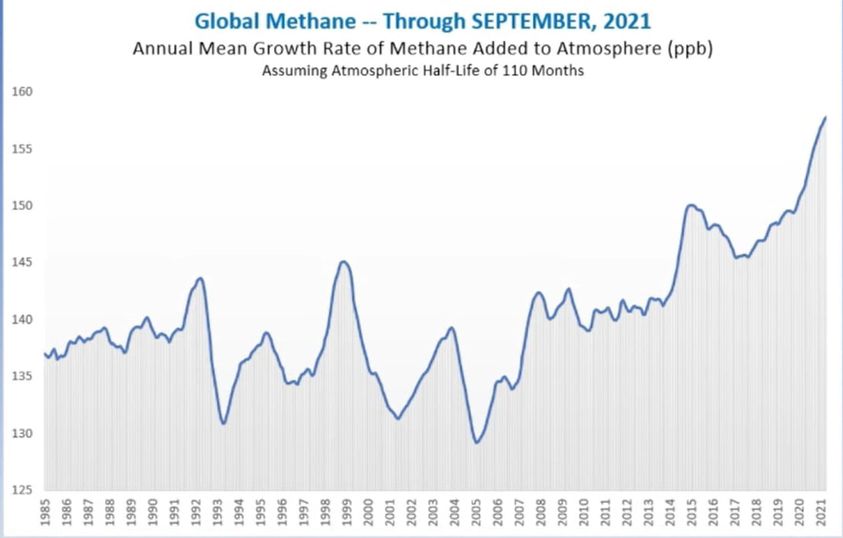
For a neat explanation from Prof Elliot Jacobson, watch this:
https://youtu.be/HqZKibDw1K8
As explained in the video Jacobson uses the NOAA data to calculate the annual mean growth in atmospheric methane which is the difference between the net increase in methane emitted over a year (total emitted over the year minus amount consumed by environmental sinks) minus the amount remaining in the atmosphere that will have decayed over the course of the year. The NOAA link details how the basic measurements are made.
The following graphic from the Nature News item postulates where the increasing amount of methane is being emitted. The evidence suggests that the substantial majority of the emissions are from organic sources rather than fossil-fuel related resources (the article’s bibliography provides links to the sources for the numbers presented here).
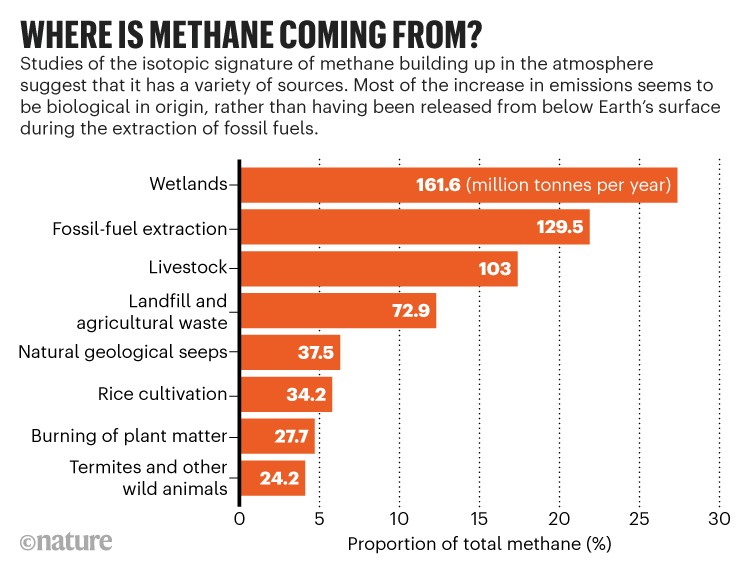
The Nature article is sensational enough, but the actual reality is probably even worse because they have said virtually nothing about the huge reserves of potentially easily released organically produced methane stored in Arctic soils. I explored this risk in June last year in a detailed presentation: “Portents for the Future – 2020 Wildfires on the Siberian Permafrost“. Here I showed how rapidly escalating wildfires may lead to rapid permafrost thawing that causes an abrupt methane spike by releasing massive reserves of methane currently locked away in ice-like frozen hydrates.
To me, this is a loud and clear fire alarm that says that if we have any hopes for an optimistic future, it is time to unite and begin working all-out to fight the fire that is burning down our only house – the global ecosystem that feeds us and provides the oxygen we breathe. Even a 16 year-old child could see the danger and what we need to do.
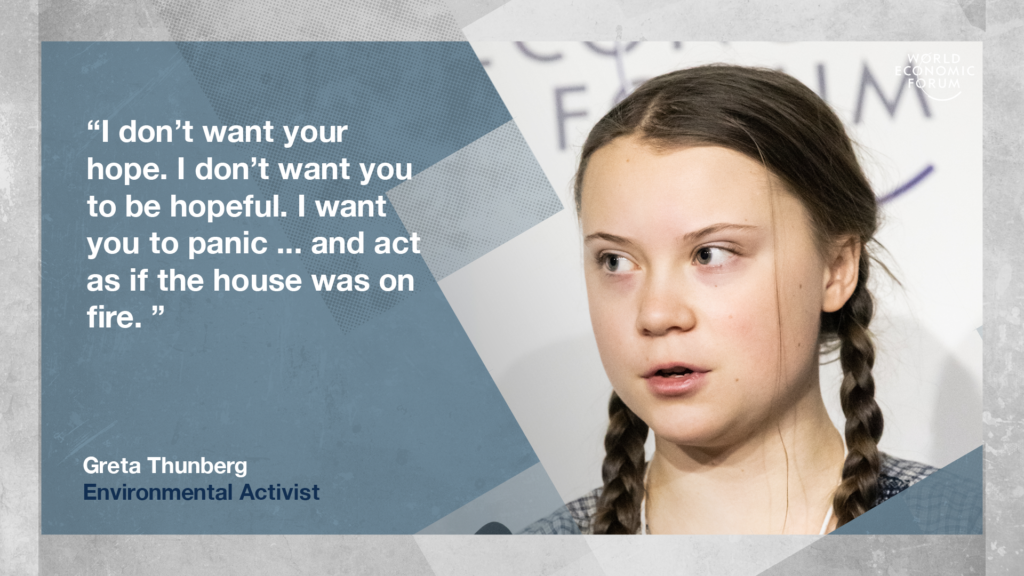
Stark alternatives face the Australian Electorate in our upcoming federal election: accept the fearsome reality and fight the fire for our future … or … believe the con and continue with business as usual
Unfortunately, in Australia and many other areas of the developed world, irrespective of the science, deciding to fight the fire is intensely political. In Australia we are currently governed by a LNP COALition administration whose first priority is protecting and even subsidizing already immensely wealthy special interests in the fossil fuel and other environmentally exploitative industries. In his own words and actions on the front bench of Parliament our current PM made his priorities abundantly clear. Most of his COALition partners are more than willing to support and promote these same special interests.
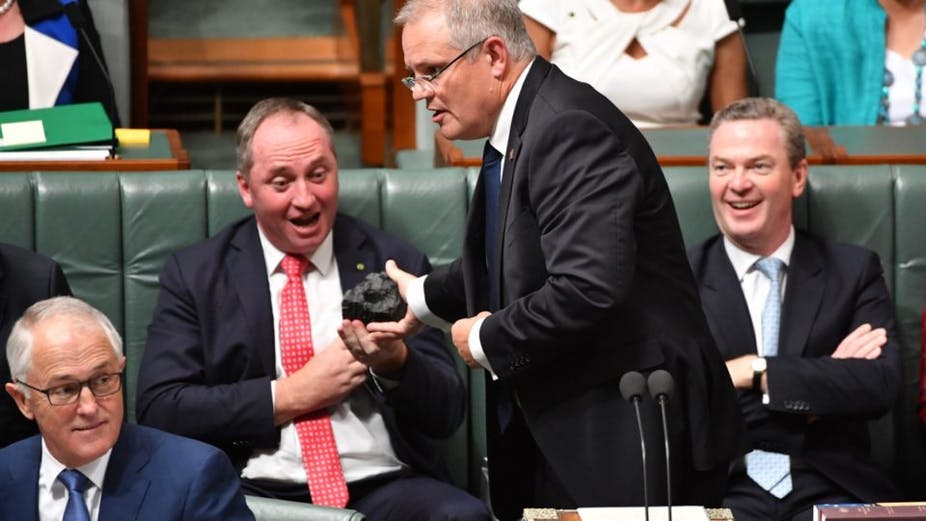
On 20/12/2019 while on his secret Hawaiian holiday in the midst of Australia’s Black Summer wildfires, he also made it loud and clear that he doesn’t fight fires! As printed in black and white in an official transcript from the PM’s own office commenting on the deaths of two fire fighters, Scotty made it abundantly clear to John Stanley on 2GB Radio that HE doesn’t fight fires… “But I know Australians understand… that, you know, I don’t hold a hose, mate, and I don’t sit in a control room. That’s the brave people who do that are doing that job. But I know that Australians would want me back at this time out of these fatalities. So I’ll happily come back and do that.”
As a marketeer Scotty’s principle occupation along with his fellow LNP puppets has been CONvincing people to believe in whatever his clients want him to sell, which the evidence suggests is currently to protect and support the fossil fuel industry above any other consideration. Following on from Tony Abbott’s earlier denials and diatribes about global warming, Scotty and his puppet mates in the Parliament have with considerable success maintained a fog of humbuggery (i.e., denials, lies, misrepresentations, legislative action, blocking, misdirection) preventing any effective actions towards reaching net zero emissions that are considered detrimental to interests of the fossil fuel industry. Beyond this, they actively promote and subsidize the industry to help its continued growth. Not only does Scotty not hold a hose himself, but he and his puppets have done a bloody good job keeping other people from using hoses.
Clearly, If we are to successfully do anything in Australia to stop the carbon emissions contributing to increasing the risk our own species’ extinction we must first rid ourselves of the LNP Government that has blocked and stifled any real progress against the climate emergency.
Vote Climate One was formed to help Australians elect those candidate in their individual electorates who if elected can be trusted to focus on reality and put action on the climate emergency at the top of their Parliamentary priority lists. Our election information team is focused on contacting every formal candidate in each electorate for a statement on how they intend to address the climate issues and combining this with additional evidence from voting records (for existing and previous MPs), additional evidence from social media statements, press reports, and so on. Following our Traffic Light Voting System voters will have access to a complete list of candidates for their House and Senate electorates with stoplights indicating where we think they stand on the climate issue. Those marked with the green traffic light are those we trust to give priority to the climate issues. Those marked with the red traffic light LNP members and micro parties who clearly prioritize supporting special interests ahead of stopping carbon emissions, and other micro parties and independents who are likely to give their preferences to special interest supporters. The amber lights are used for the Labor Party and others who have not clearly stated that the climate is their first priority, but can at least be trusted to work on climate issues where Labor is in a minority government or in coalition with Greens and green light independents.
If enough people follow this guide, we should be able to elect a new government that will give our children and grand children a foreseeable and hopeful future.
